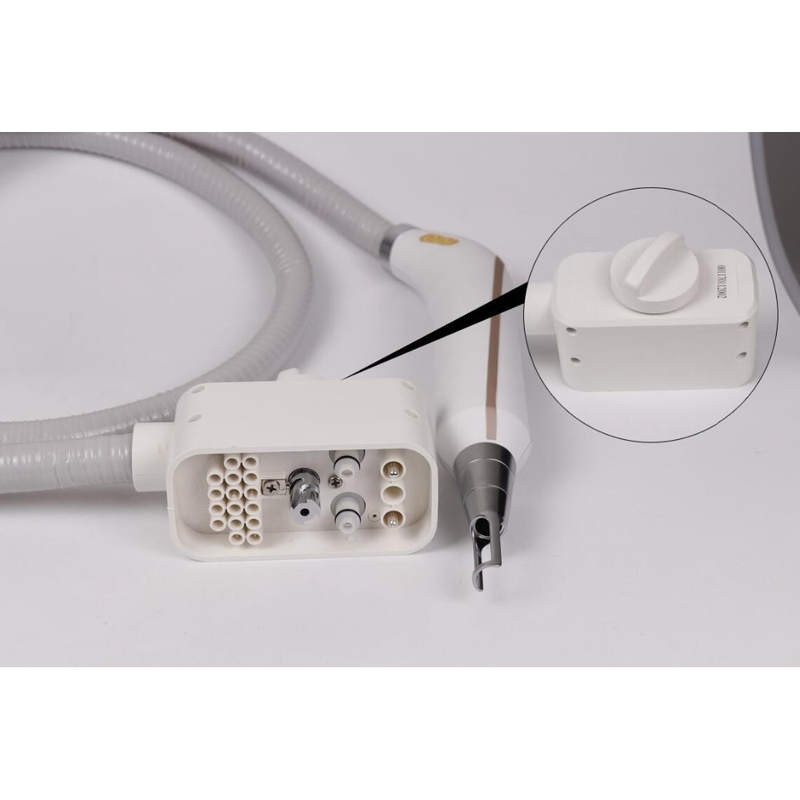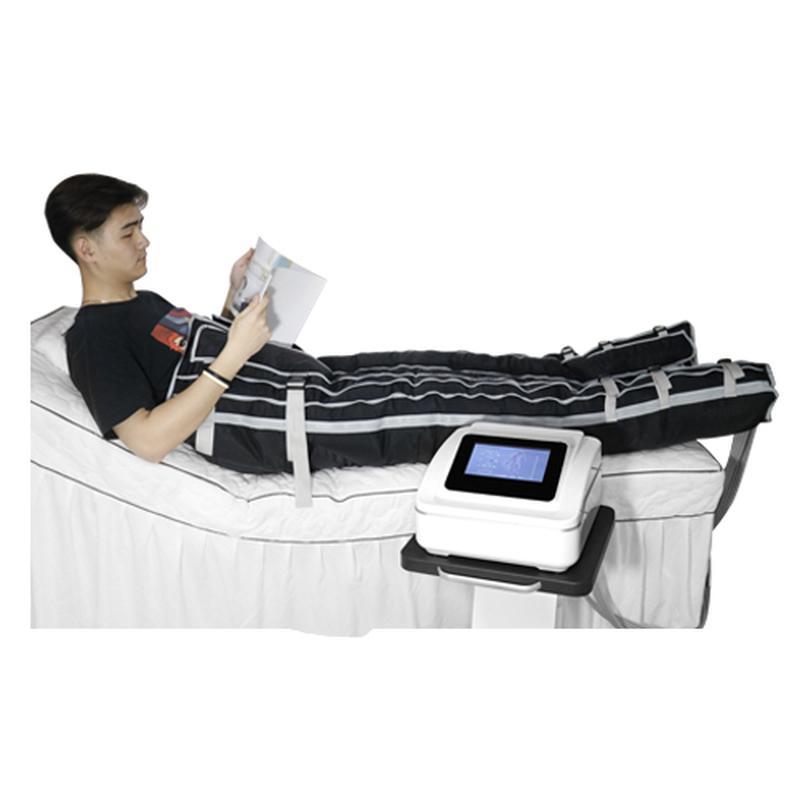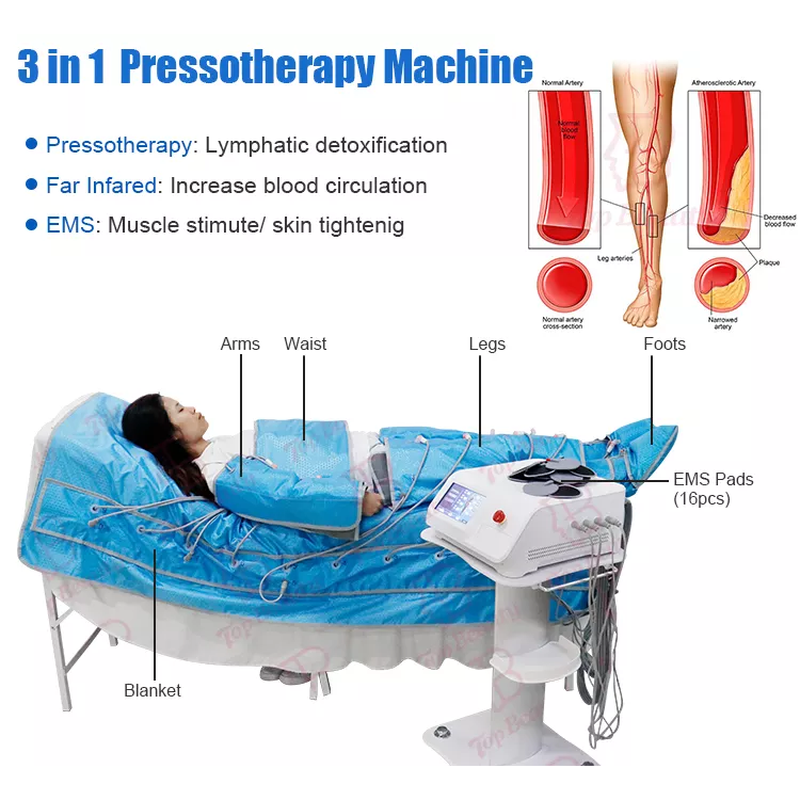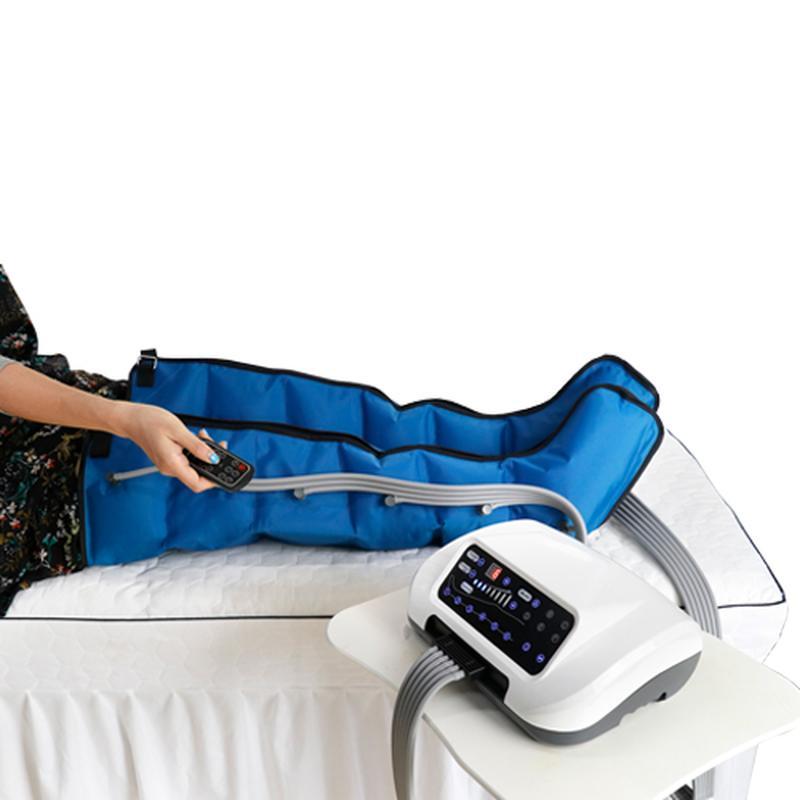Eliminación de la pigmentación del acné: Los mejores dispositivos para una piel de tono uniforme y clara La pigmentación del acné, también conocida como hiperpigmentación postinflamatoria (PIH), es un problema cutáneo común que afecta a millones de personas
Eliminación de la pigmentación del acné: Los mejores dispositivos para una piel con tono uniforme
La pigmentación del acné, también conocida como hiperpigmentación postinflamatoria (PIH), es un problema cutáneo común que afecta a millones de personas en todo el mundo. Ocurre cuando las lesiones del acné sanan, dejando manchas oscuras o decoloración en la piel. Aunque el acné en sí puede ser difícil de manejar, la pigmentación resultante puede ser igualmente angustiosa. Afortunadamente, los avances en la tecnología han llevado al desarrollo de varios dispositivos diseñados para ayudar a eliminar la pigmentación del acné, promoviendo una piel más clara y con un tono más uniforme. En este artículo, exploraremos los mejores dispositivos para eliminar la pigmentación del acné, discutiendo su efectividad, beneficios y qué esperar de los tratamientos.
Entendiendo la pigmentación del acné
Para abordar eficazmente la pigmentación del acné, es crucial entender sus causas y cómo funcionan los diferentes dispositivos para tratarla. La pigmentación del acné es causada principalmente por la inflamación, que desencadena la liberación de ciertas sustancias químicas en la piel, lo que lleva a un aumento en la producción de melanina. Esto resulta en la aparición de manchas oscuras o hiperpigmentación.
- La gravedad y duración del acné pueden influir en la probabilidad e intensidad de la PIH.
- El tipo y tono de piel también juegan un papel significativo, siendo los tonos de piel más oscuros más propensos a la PIH.
- La prevención es clave; tratar el acné de inmediato y evitar pellizcar o reventar los granos puede reducir el riesgo de desarrollar PIH.
Los mejores dispositivos para eliminar la pigmentación del acné
Varios dispositivos están disponibles para tratar la pigmentación del acné, cada uno funcionando a través de diferentes mecanismos.
Dispositivos láser
Los dispositivos láser son uno de los tratamientos más populares para la pigmentación del acné. Funcionan emitiendo longitudes de onda específicas de luz que apuntan a la melanina en las áreas hiperpigmentadas, descomponiéndola y permitiendo que el cuerpo la elimine de manera natural.
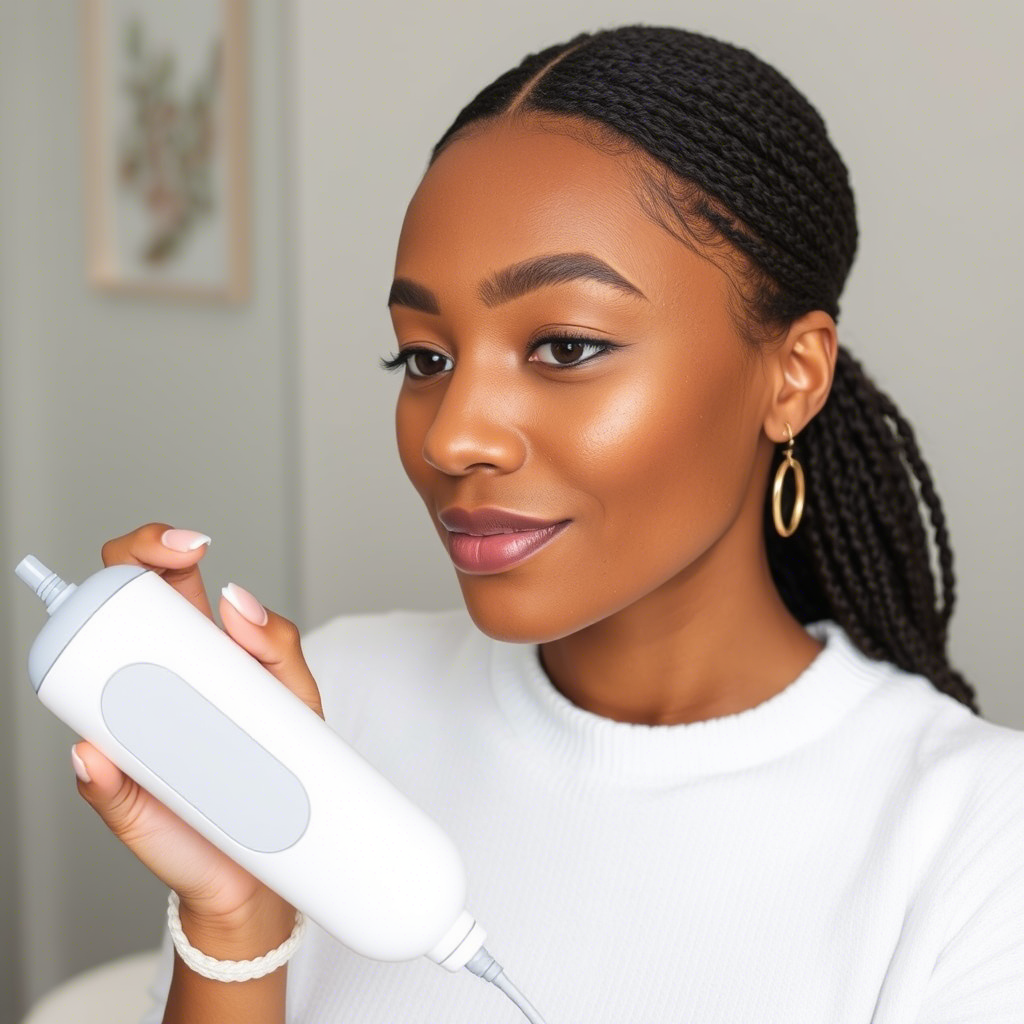
- Los láseres Q-switched son particularmente efectivos para tratar la pigmentación más profunda.
- Los láseres CO2 fraccionados no solo apuntan a la pigmentación, sino que también estimulan la producción de colágeno, mejorando la textura de la piel.
- Los tratamientos suelen requerir varias sesiones, espaciadas varias semanas, para lograr resultados óptimos.
Dispositivos de terapia de luz LED
Los dispositivos de terapia de luz LED ofrecen una alternativa no invasiva para tratar la pigmentación del acné. Estos dispositivos emiten longitudes de onda específicas de luz que pueden ayudar a reducir la inflamación y promover la curación.
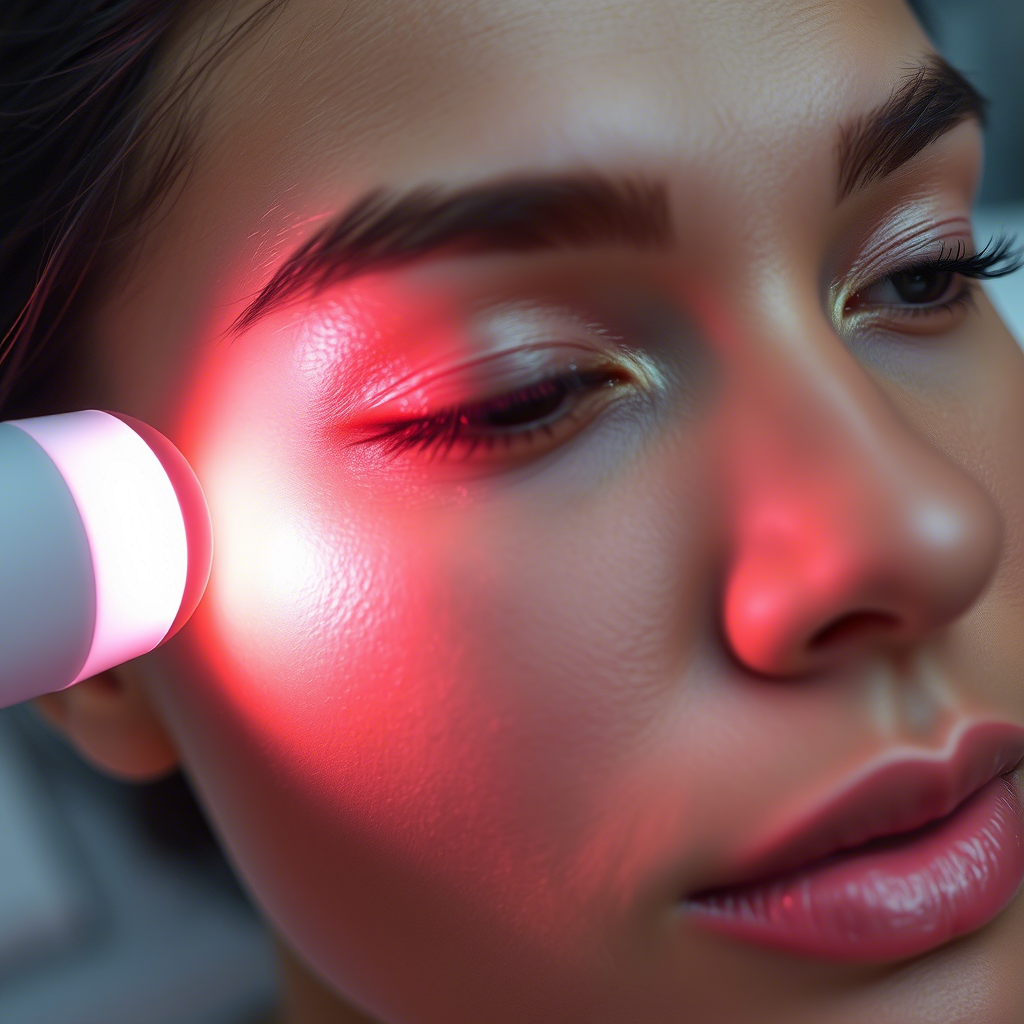
- La luz roja se utiliza a menudo por sus propiedades antiinflamatorias y su capacidad para promover la producción de colágeno.
- La luz azul puede ayudar a controlar el acné al apuntar a las bacterias que causan los brotes, reduciendo así el riesgo de PIH futura.
- La consistencia es clave; se necesitan tratamientos regulares para ver mejoras notables.
Dispositivos de microagujas
Los dispositivos de microagujas crean microlesiones en la piel, estimulando una respuesta natural de curación que incluye la producción de nuevo colágeno y elastina. Esto puede ayudar a mejorar la textura de la piel y reducir la apariencia de las cicatrices y la pigmentación del acné.
- El microagujas puede ser mejorado con la aplicación de sueros tópicos o plasma rico en plaquetas (PRP) para obtener beneficios adicionales.
- Los tratamientos pueden ser personalizados según las preocupaciones y tipos de piel individuales.
- Para obtener más información sobre microagujas y otros tratamientos dermatológicos avanzados, visite https://www.mbs-med.com/.
Qué esperar de los tratamientos
Entender el proceso de tratamiento y qué esperar puede ayudar a manejar las expectativas y mejorar los resultados.
- La mayoría de los dispositivos requieren una serie de tratamientos para lograr los resultados deseados.
- El tiempo de recuperación varía según el dispositivo y la intensidad del tratamiento; algunos pueden requerir varios días de recuperación.
- Es posible que se necesiten tratamientos de mantenimiento para mantener los resultados a lo largo del tiempo.
Estudios de casos y resultados
Los ejemplos de la vida real pueden proporcionar información sobre la efectividad de estos dispositivos.
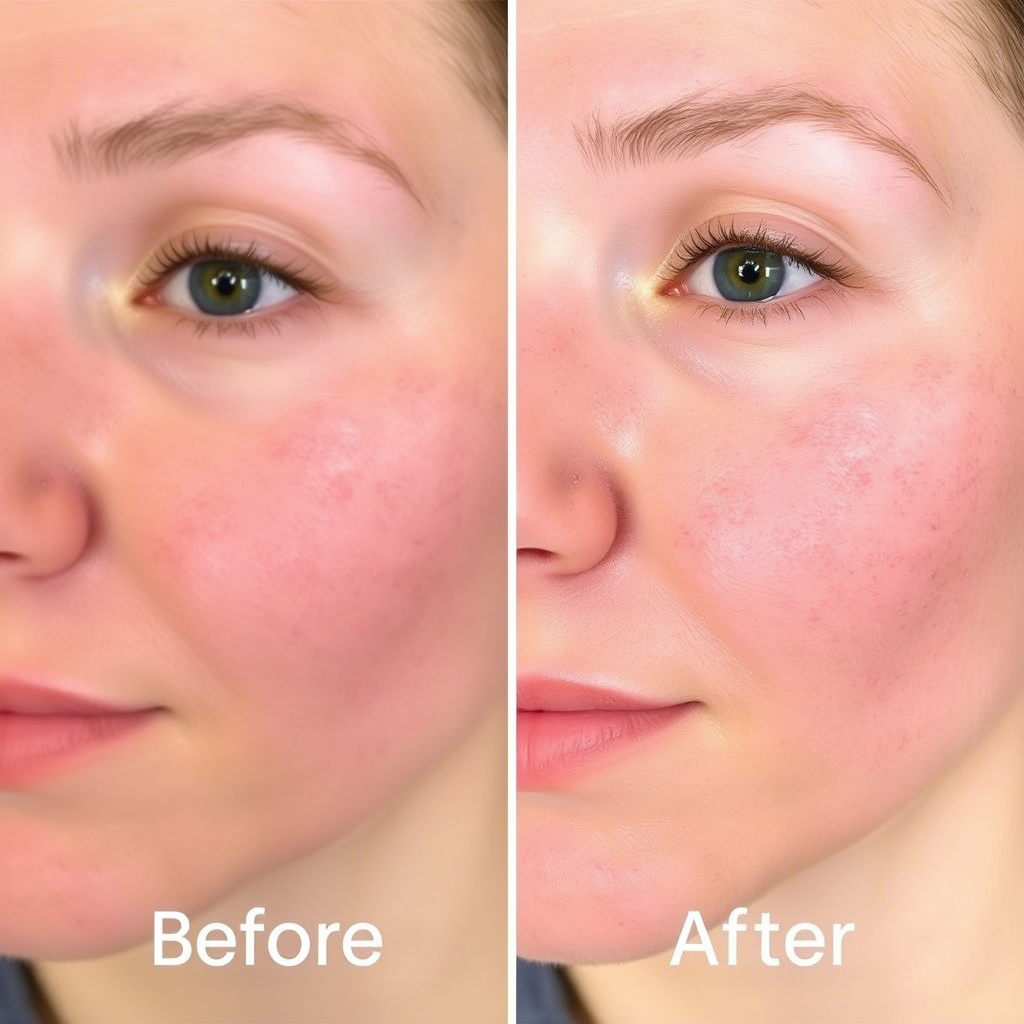
- Un estudio publicado en una revista dermatológica mostró una mejora significativa en la PIH entre los participantes tratados con terapia láser.
- Para obtener información más detallada sobre estudios clínicos y opiniones de expertos en tratamientos de pigmentación del acné, puede explorar recursos como https://www.medicalnewstoday.com/.
Elegir el dispositivo adecuado para usted
Seleccionar el dispositivo más adecuado depende de varios factores, incluyendo el tipo de piel, la gravedad de la PIH y las preferencias personales con respecto a la invasividad y el tiempo de recuperación.
- Consultar con un dermatólogo o profesional de cuidado de la piel es esencial para determinar el mejor curso de tratamiento.
- Considerar el costo y el número de sesiones necesarias para obtener resultados óptimos.
- Asegurarse de que el dispositivo esté aprobado por la FDA y sea utilizado por un profesional calificado para minimizar los riesgos.
Conclusión
La pigmentación del acné puede ser una condición difícil de tratar, pero con los dispositivos adecuados y la guía profesional, es posible lograr una piel más clara y con un tono más uniforme. Al entender las causas de la PIH y explorar las diversas opciones de tratamiento disponibles, las personas pueden tomar decisiones informadas sobre su cuidado de la piel. Ya sea a través de dispositivos láser, terapia de luz LED o microagujas, la clave para un tratamiento exitoso radica en la consistencia, la paciencia y la experiencia profesional.

